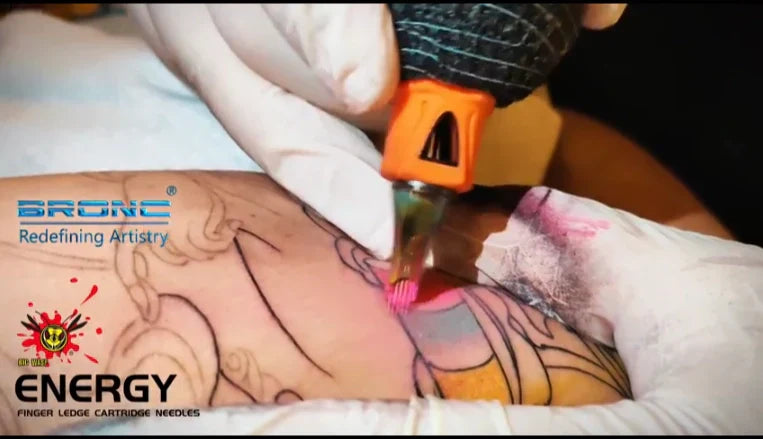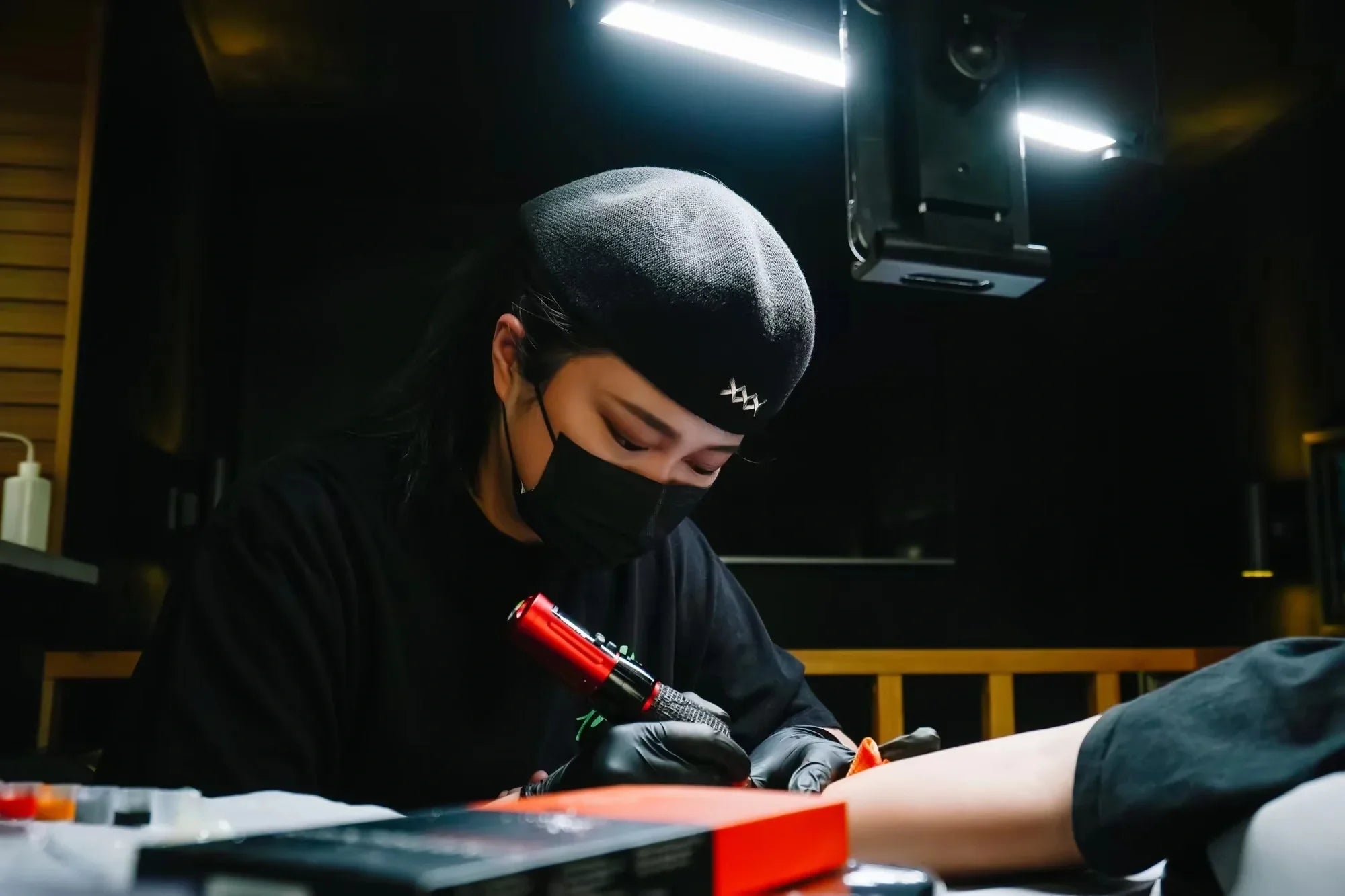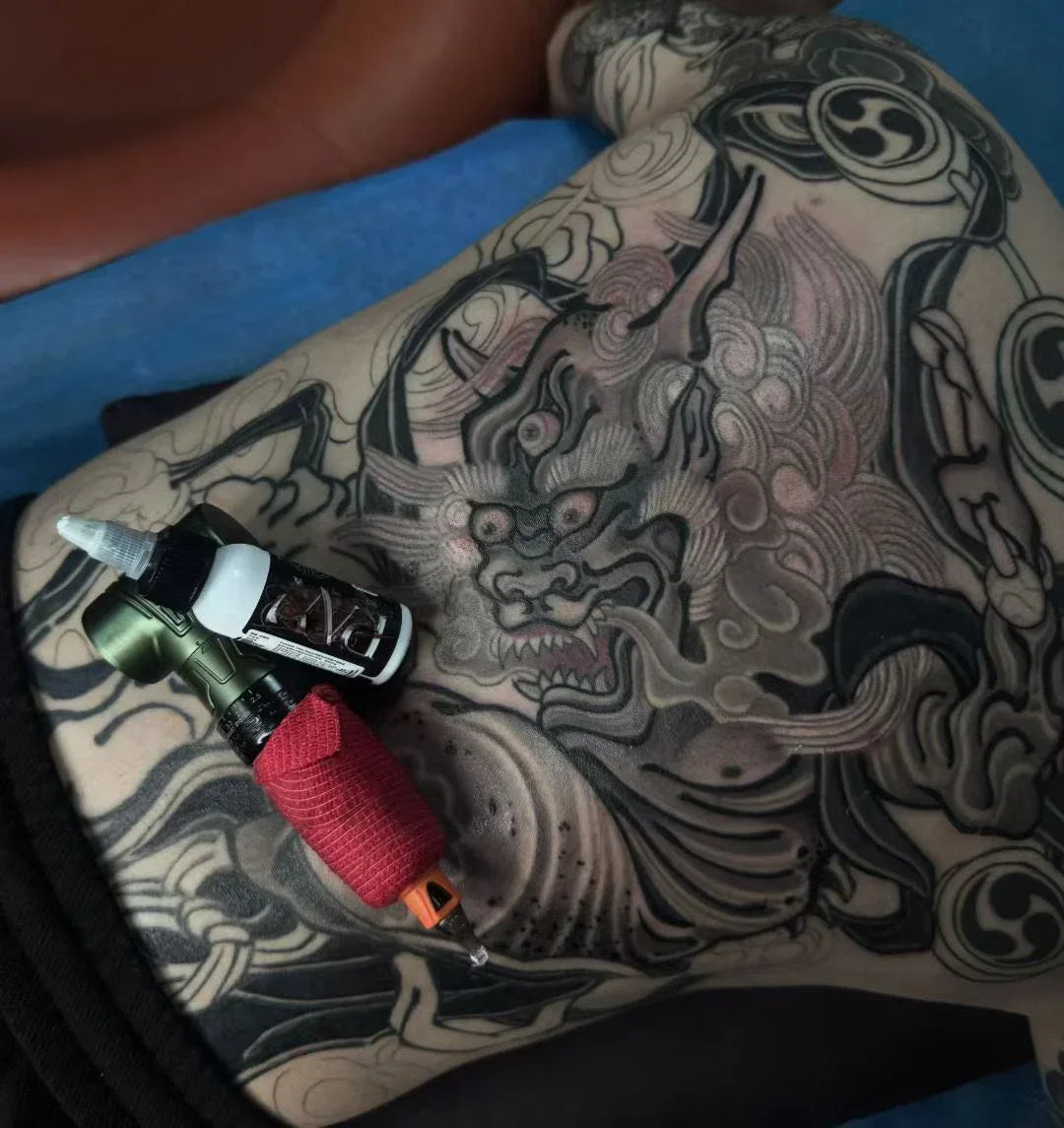
Tattoo Beginner Tips: What to Know Before Your First Ink Session

Getting your first tattoo is a super exciting moment, but it comes with big choices and tasks. If you're new to tattoos, knowing the steps—from picking a design and artist to caring for your ink—makes the experience fun and the results awesome. This guide shares easy tips for beginners, so you feel ready and pumped for your body art adventure.
Preparing for Your First Tattoo
Before you get inked, you need to plan well. This means checking out styles, picking a spot, and understanding what’s coming.
Researching Tattoo Styles and Artists
Every tattoo tells a story. So, take your time to look at styles like realistic, old-school, new-school, dark-lined, or bright and colorful. Check out pictures of work by artists near you to find someone whose style fits your idea. Social media and reviews online are super spots to see if an artist is good and trustworthy.
Choosing the Right Spot for Your Tattoo
Where you put your tattoo changes how it looks and feels. It also affects pain and healing. Spots with more muscle, like thighs or upper arms, hurt less than bony areas, like ribs or ankles. Think about if you want your tattoo to show a lot. Your job or style might help you decide.
Knowing About Pain and Healing
Everyone feels pain differently, but tattoos always sting a bit. Healing takes about 2-4 weeks. You should plan for this. Expect some puffiness, redness, and scabs. These are normal as your skin gets better.
Key Considerations When Booking a Session
After you pick a design and artist, booking your session is more than just choosing a day.
Talking Clearly with Your Tattoo Artist
Show your artist pictures of what you want. Be open about your ideas. A good artist might suggest tweaks to the size or spot to make it look better. Clear chats make sure you and the artist are on the same page.
Paying for Good Work, Not Just Low Prices
Don’t pick an artist just because they’re cheap. Awesome tattoos cost more because they last forever. Skilled artists use safe, top-quality tools and clean ways. This might be pricier, but it keeps you safe and gives a better tattoo.
Booking at the Right Time for Healing
Pick a time when you can skip heavy workouts, sun, or pools. For example, don’t get a tattoo before a beach trip. Water and sun can mess up a healing tattoo.
Essential Tattoo Aftercare Basics
Taking care of your tattoo stops infections and keeps it colorful for years.
Cleaning and Moisturizing Your New Tattoo
After taking off the bandage (usually 2-4 hours, as your artist says), gently wash the tattoo with mild, no-scent soap and warm water. Dry it with a clean paper towel. Then, put on a thin layer of plain lotion or the cream your artist suggests.
Avoiding Sun, Water, and Rubbing During Healing
Keep your tattoo out of sunlight. Don’t soak it in water. Quick showers are fine, but no baths, hot tubs, or swimming. Wear loose, clean clothes over it. This stops rubbing that could bother the skin or pull off scabs too early.
Spotting Trouble or Infections
Watch for too much redness or puffiness that lasts more than a few days. Pus or a fever might mean an infection. If you see these, call your artist or a doctor fast.
The Professional’s Tools: Why Your Artist’s Gear Matters
You won’t touch the tools, but knowing what a good artist uses keeps you safe and ensures a cool tattoo. A great artist picks top-notch gear. Learning about this helps you choose a solid studio.
Why Good Needles Are Important for Your Tattoo
The needle puts ink in your skin. Top-quality needles make the job smoother and gentler. This means less skin damage. It also helps your tattoo heal faster and look brighter with clean lines.
The Importance of a Safety Membrane
When you watch your artist, they should open a new, clean needle package. A pro needle has a safety membrane inside. This bendy layer stops ink and body fluids from flowing back into the tattoo machine’s grip. It keeps germs from spreading between people. This makes the process super safe. Pros worldwide trust brands like BIGWASP for this.
BIGWASP: The Mark of a Professional Artist
Seeing BIGWASP products in a studio is a great sign. It shows your artist cares about safety and quality.
A Focus on Safety and Reliability
Trusted brands shine because they focus on what’s important. BIGWASP needles are made with clean, medical-grade stuff and sterilized with E.O. Gas. This makes every needle safe and steady. That’s key for a sharp, pretty tattoo.

Tools Used by Experts Everywhere
BIGWASP is popular because it works great and isn’t too pricey. Their needles fit most tattoo machines, so pros use them a lot. Seeing these in your artist’s setup means they have solid, pro-approved tools.
Final Thoughts on Starting Your Tattoo Journey
Taking smart steps can make your first tattoo fun and awesome, not scary.
Planning Well Leads to Awesome Results
From picking your design to sticking with aftercare, good planning makes a tattoo you’ll love forever.
Picking an Artist Who Uses Quality Tools
Whether it’s a tiny design or a big, fancy piece, choosing an artist with trusted tools like BIGWASP is smart. It keeps you safe and makes your tattoo last.
FAQs
Q1: What should I bring to my first tattoo appointment?
A: Bring a government-issued ID (you must be 18 or older). Also, bring pictures of your design, water, and snacks for a long session. Wear comfy clothes that let the artist reach the tattoo spot easily. Most of all, bring a happy, calm vibe!
Q2: How do I know if my tattoo is healing right?
A: Normal healing has a bit of redness and puffiness that fades in a few days. You might see peeling or light scabs. Some itching is normal too. If you feel bad pain, see pus, or smell something weird, call your artist or a doctor right away. These could mean an infection.
Q3: How do I know if the tattoo studio is clean and safe?
A: Look for pro signs. The artist should wear new gloves and open a clean, single-use needle in front of you. They should cover their tools (like the tattoo machine and spray bottles) with plastic. A neat, tidy workspace is a big clue of a safe, pro studio.



Leave a comment
This site is protected by hCaptcha and the hCaptcha Privacy Policy and Terms of Service apply.